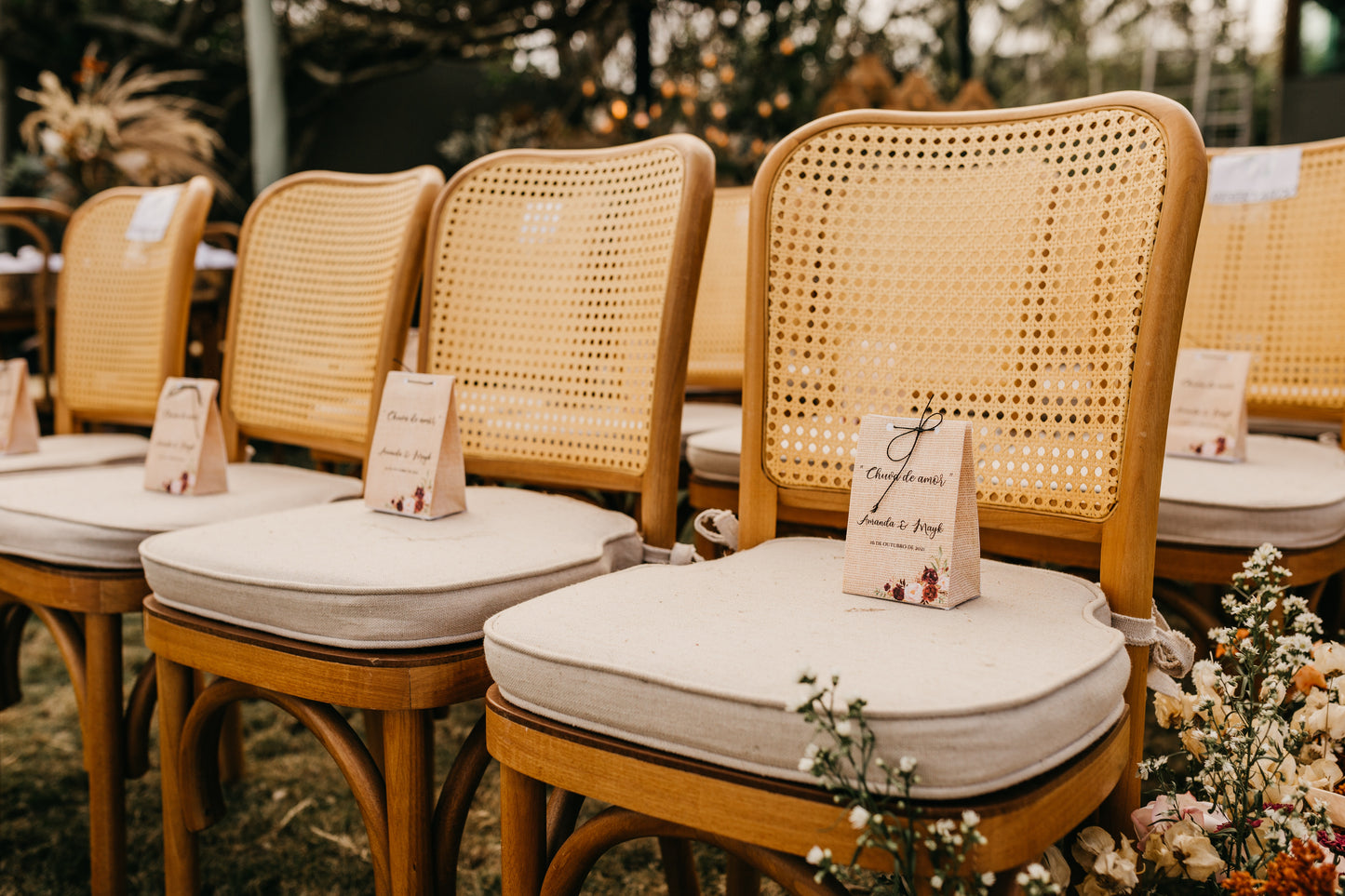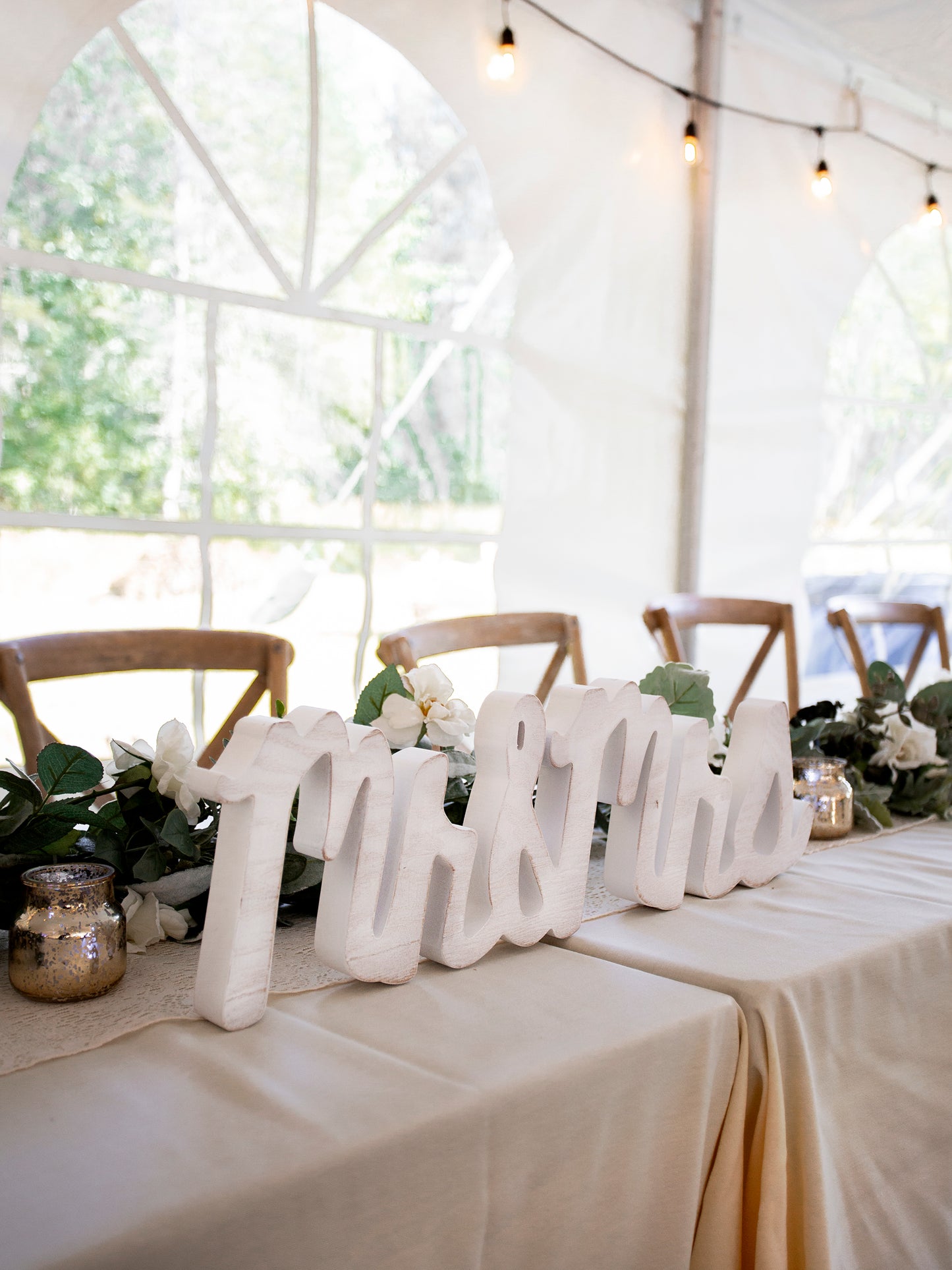
So you've narrowed down your guest list, yes perhaps there are few people on it you don't want to come and others you aren't even sure if they will actually come! The next hurdle in this wedding planning obstacle course is your seating plan!
Where is everyone going to sit and with who?
Trying to keep some family members apart and other friends together can prove quite the task but we are here to help you with 7 quick tips to accelerate your process.
-
Create a list of all your guests:
Before you can start planning your seating chart, you'll need to know who is coming to your wedding. Make sure to have a complete list of all your guests, including their names, addresses, and any other relevant information, such as whether they are part of your wedding party or have any special needs.
-
Determine the size and layout of your reception space
The size and layout of your reception space will play a big role in determining how you'll arrange your seating. Take into account the number of tables you'll need and how much space you'll have for each table.
-
Decide on your table setup:
Will you have round or rectangular tables? How many people will you seat at each table? Think about how many guests you want at each table and how much space you'll need for each person.
-
Assign seats based on relationships:
Start by assigning seats to your closest family and friends, such as parents, grandparents, siblings, and bridesmaids and groomsmen. This will help create a sense of intimacy and closeness among your guests.
-
Mix and match:
Avoid seating all the same types of people together. Mix and match your guests to create an interesting and diverse conversation at each table. Avoid seating people who may have conflicts or not get along.
-
Consider special needs:
Make sure to consider any special needs of your guests when assigning seats. If anyone has mobility issues, make sure they have a seat that is easily accessible. If anyone is hard of hearing, seat them near the front of the room so they can hear better.
-
Create a diagram:
Once you've assigned seats, create a diagram of your seating chart. This will help you and your wedding party ensure that everything runs smoothly on the big day.
By following these steps, you'll be able to create a seating chart that is both functional and pleasing for your guests. Remember, the key is to strike a balance between keeping your closest friends and family close, while also giving your guests the opportunity to mix and mingle with new people.


